The animals came in two by two, hurrah!
Jonathan Baldock’s ‘WYRD’ menagerie takes up residence at Scotland’s Jupiter Artland for the summer
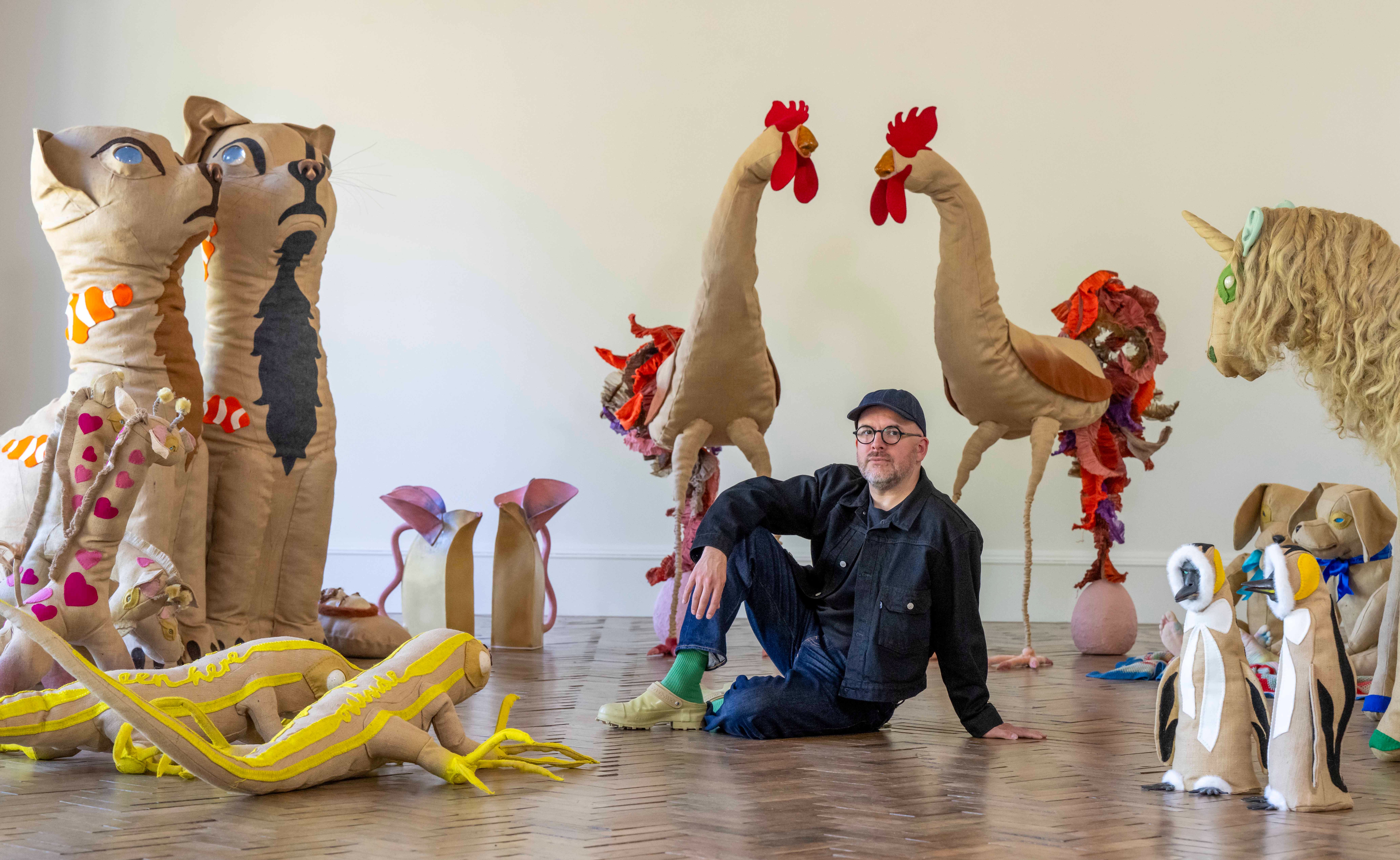
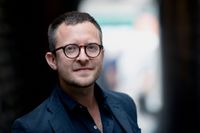
A glorious spell of sunshine has swept across the UK of late, fast-tracking the transition from winter via spring and straight into what feels like summer already. The natural world has roared out of hibernation. Eggs have hatched. Trees are in full bloom. There could be no better elemental backdrop for the arrival of artist Jonathan Baldock’s latest commission, recently unveiled in the Ballroom Gallery at Jupiter Artland, on the verdant outskirts of Edinburgh. WYRD is a coven of magical creatures, handmade by Baldock in textile and clay, standing together in pairs in a semi-circle that feels simultaneously protective and conspiratorial. Visitors join the silent group, and there’s an uncanny sense that it is we, not they, who are being observed.
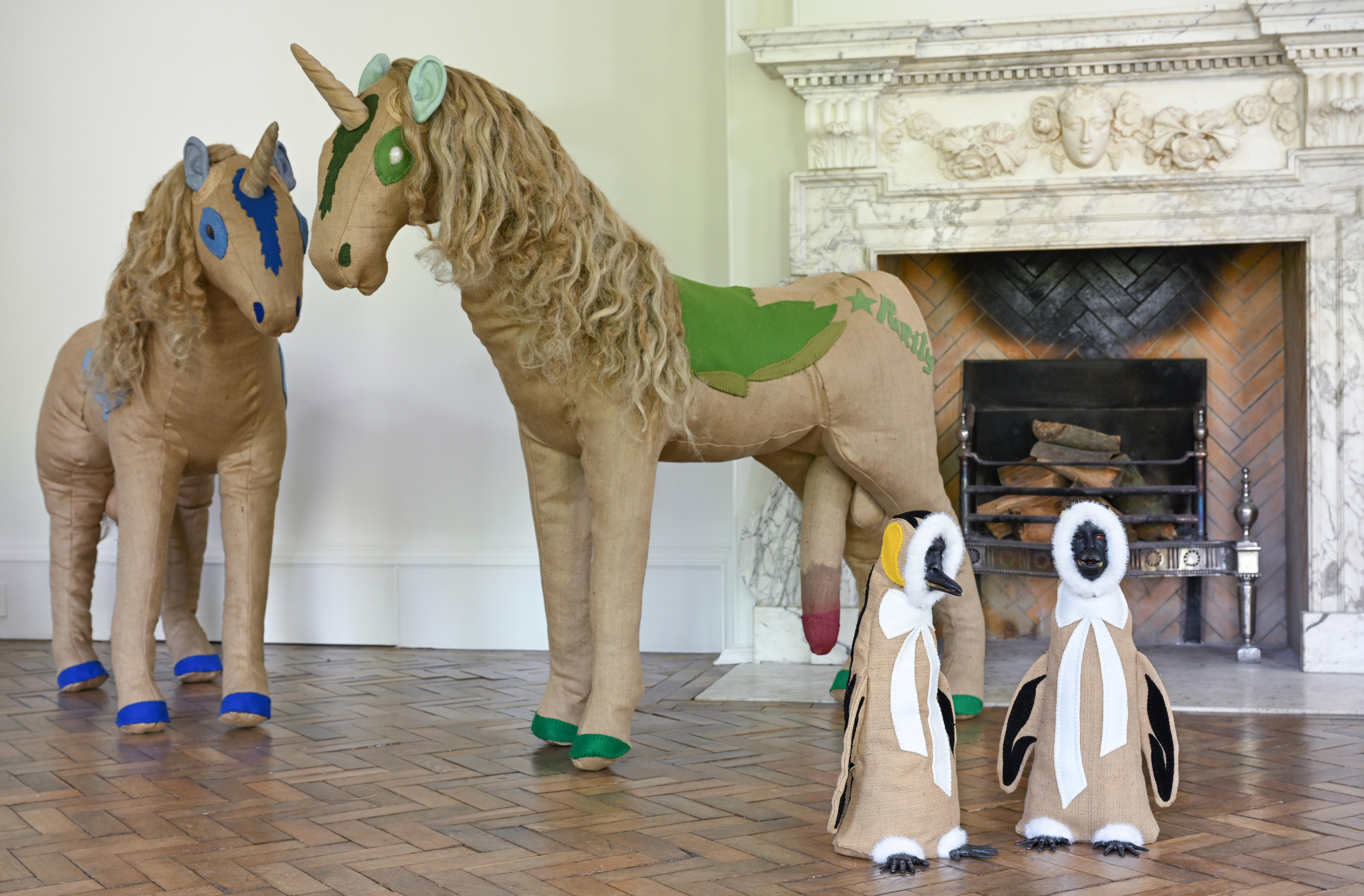
The species in question are each scientifically proven to have same-sex interactions, and relationships even: giraffes, lizards, horses, cats, mice, chickens. Indeed, the premise of the show was born from a news story about a bond between two male penguins at Edinburgh Zoo. Baldock was first intrigued and then dismayed by the nature of the reporting, which suggested the reason these two male penguins were in a relationship was because there was a shortage of female penguins. The tone of the coverage was mawkish, with a sinister undertone in certain places of homophobic bias. It stirred something in Baldock, who had a religious upbringing and is himself gay. The penguins’ behaviour was deemed weird and unnatural, feelings any queer person can relate to in their own awakening.
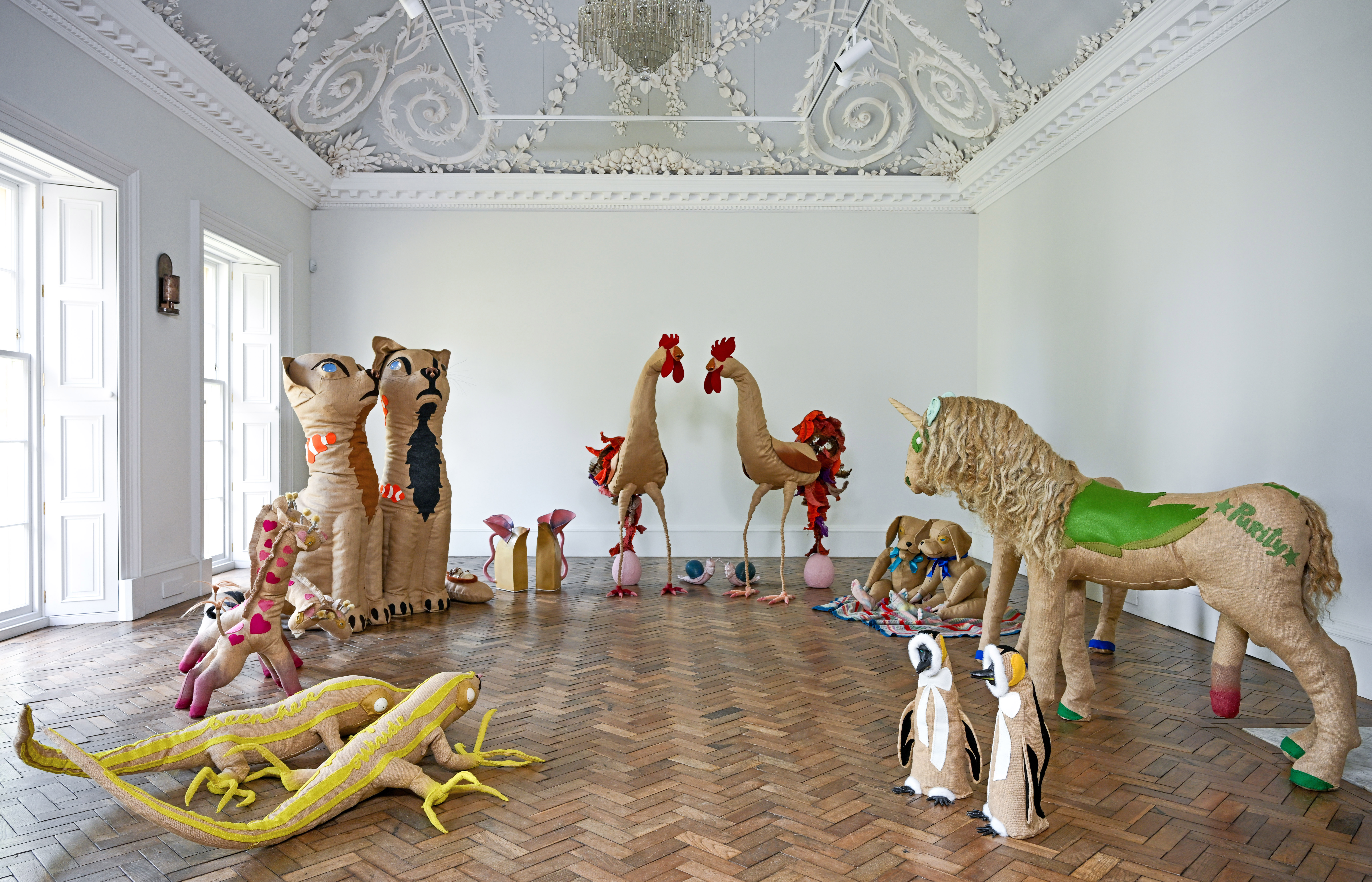
‘WYRD’, the title of Baldock’s show, has a palimpsest quality to it. ‘In pre-Christian culture, “wyrd” was personified as a Goddess with the power to determine destiny across earthly and spiritual realms,’ Baldock writes in the exhibition’s opening text. Wyrd is an Old Norse word meaning ‘exceptional otherness’. The word has accrued different insinuations over time: magical, dangerous, strange, unnatural, aberrant – arriving today as a slur, more than a complement. Baldock himself has been described as weird, and titling his show with the word’s Old Norse origin is, he explains, a reclamation of its more wonderful and wonder-filled definition.
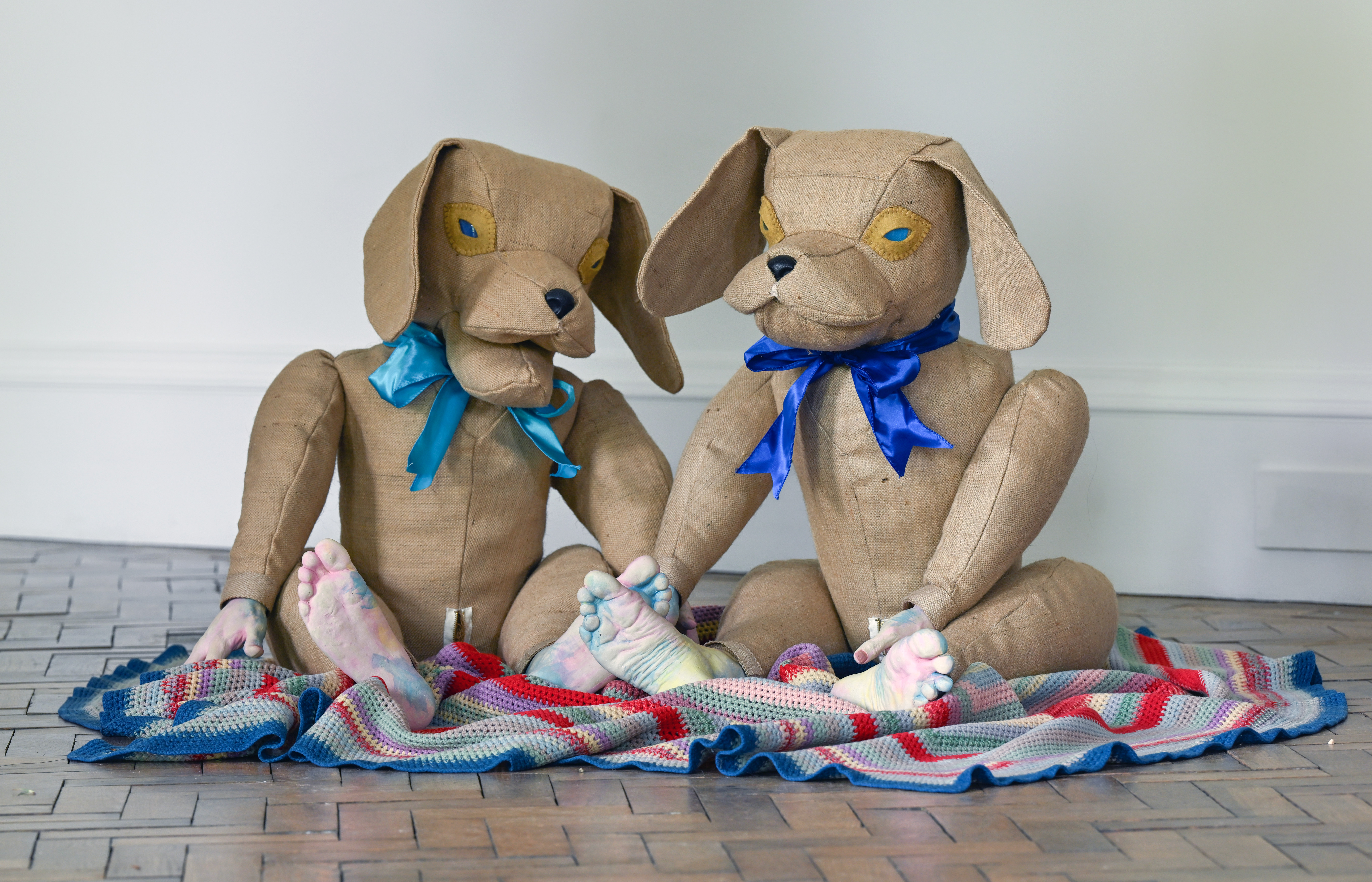
‘I’ve made these creatures more magical than they ordinarily are,’ Baldock explained at the show’s opening. ‘I’ve played with their scales, and given them new features – hands, noses, ears, faces – cast in ceramic from myself and my partner (the artist Rafal Zajko). They are beautifully monstrous; from a queer perspective, we identify with monsters, rule-breakers and creatures outside the perceived norms of society.’ The creatures have a folk energy, and a certain nostalgic aura. They are familiar, more than threatening and Baldock explains how their forms and details were inspired by vintage soft toy ‘how-to books’ from the 1970s and 1980s.
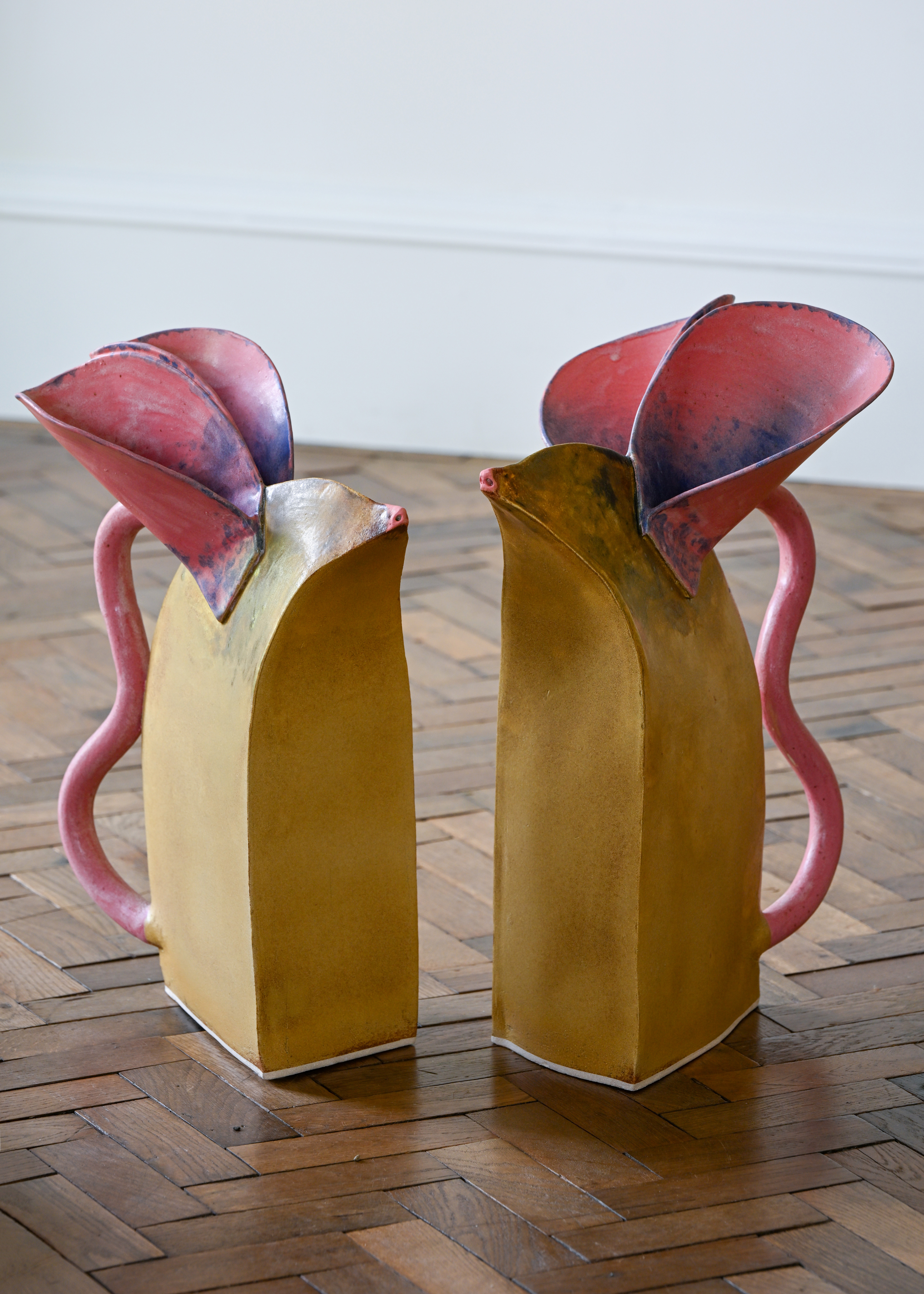
Baldock worked seven days a week for three months making each animal pair by hand in his studio. There’s a strangely visceral, bodily appeal to them – you sense the fact they have been wrestled out of a psyche into physical form. The metamorphic process of humble sackcloth and coconut fibre stuffing becoming works of art gives them a compelling Frankenstein alchemy. Standing in pairs lends the animals a power, but there’s an intentional Noah’s Ark echo too, of course. We’re left unsure whether they are waiting to board or they’ve been denied access to the Ark for their otherness and are deliberating their fate together. There is palpable tension and poignancy here; something meaningful is softly implied, yet left hanging in the air. The mood is heightened by the pristine primness of the decorated Ballroom Gallery in which they wait. You want to hug them and tell them it's not a phase – it’ll be OK.
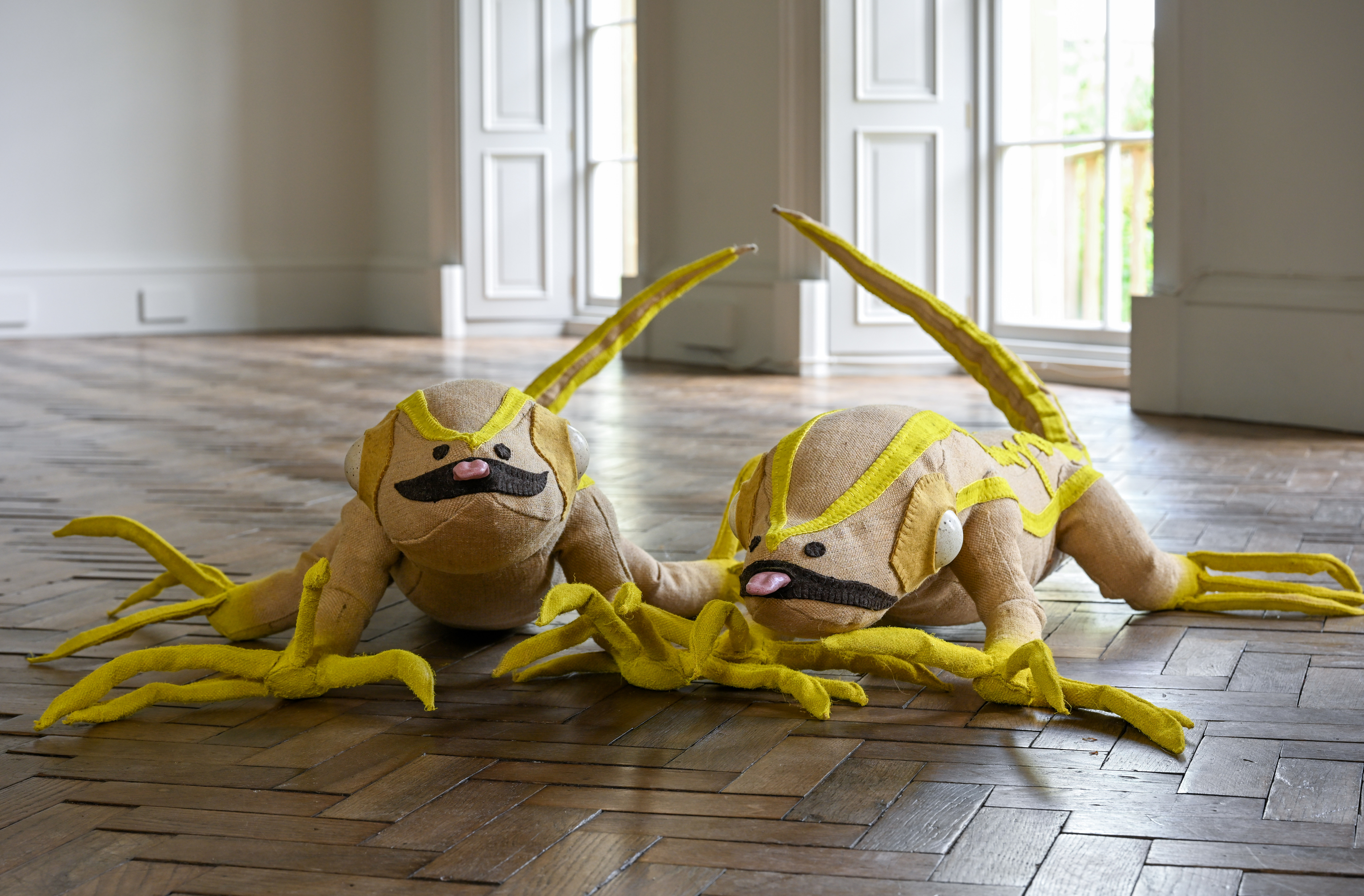
‘WYRD’ is a magnificent commission and moving experience. Baldock describes the work with poetic and precise allegorical confidence. ‘Having grown up with a religious background, today I look to the natural world for spiritual sustenance,’ he says. ‘My faith is in nature, and nature is queer. Scientific evidence about same-sex behaviour has existed for decades, but has been routinely ignored or buried, and has only surfaced recently. It’s important to see yourself in this world that we live in – naturally.’ Away from the huddle of forms in the room on the mantelpiece sits a nest with an egg on the verge of hatching. ‘It’s a nod to the next generation,’ Baldock explains. And with that, we descend back into the garden with its pollen-filled air, feeling as if we’ve been granted access to something extraordinary – earthly, primal, animal and spiritual – wyrd in the most wonderful possible way.
‘WYRD’, Jupiter Artland, Edinburgh. From 10 May - 28 September 2025
Receive our daily digest of inspiration, escapism and design stories from around the world direct to your inbox.
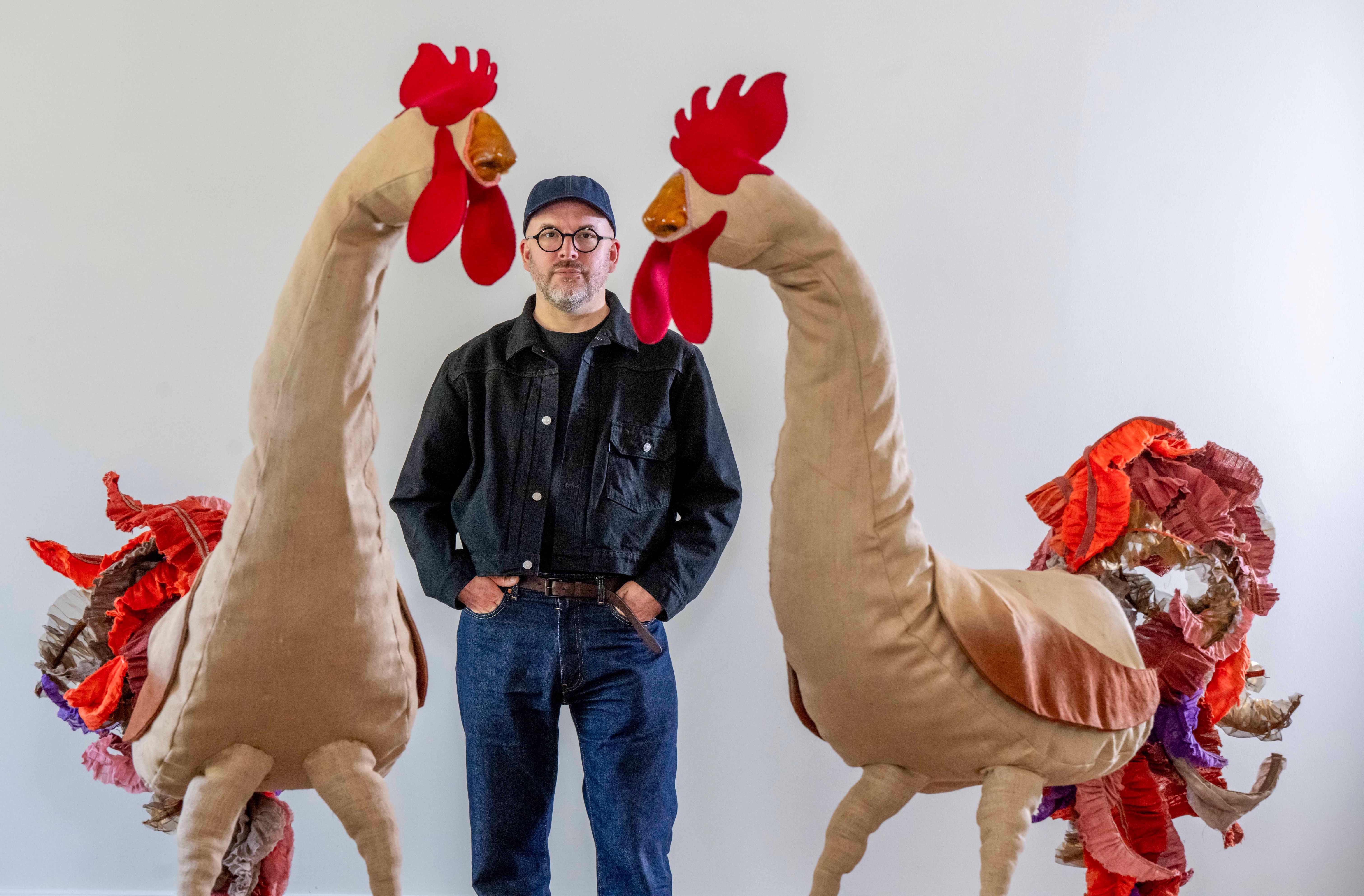
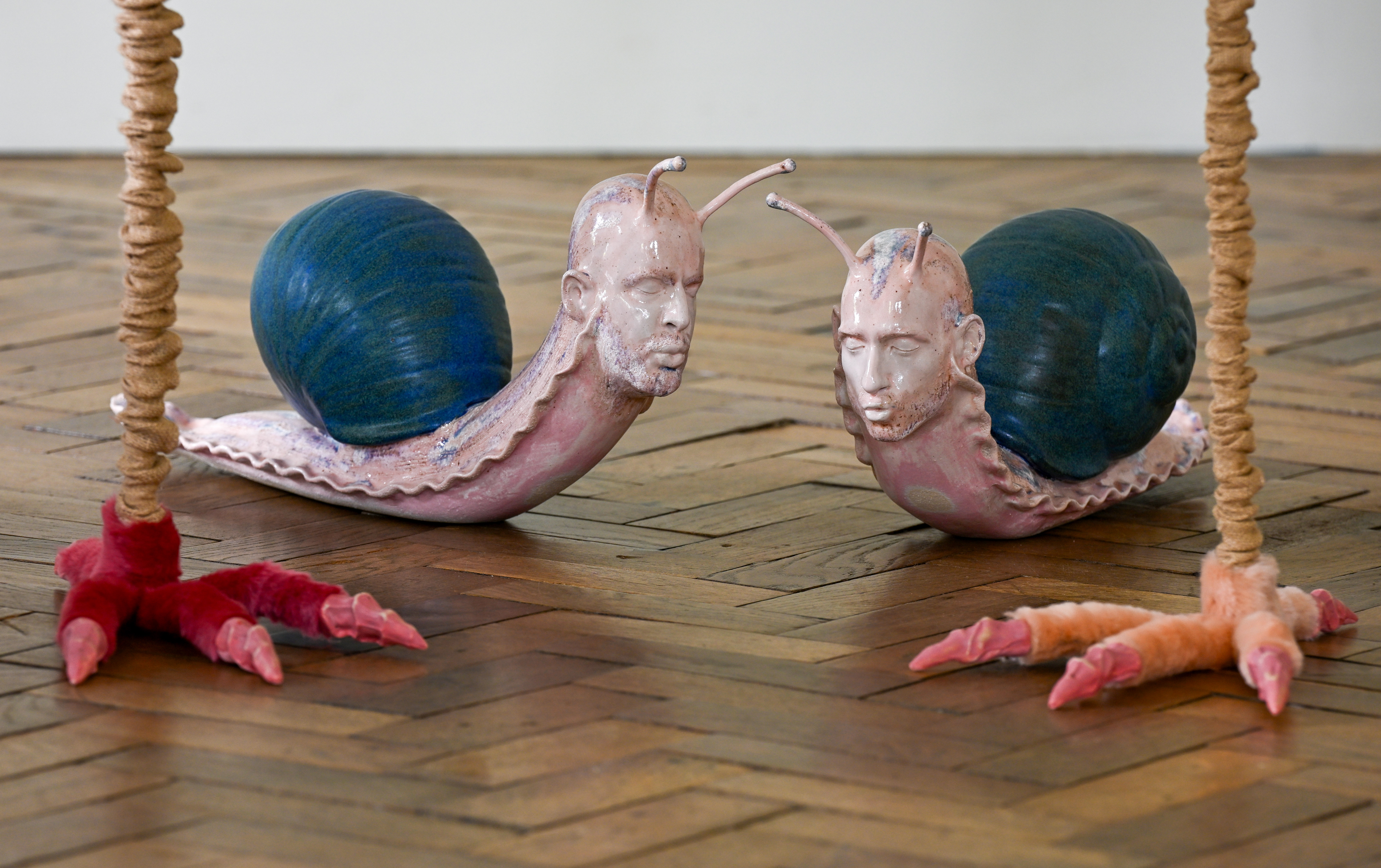
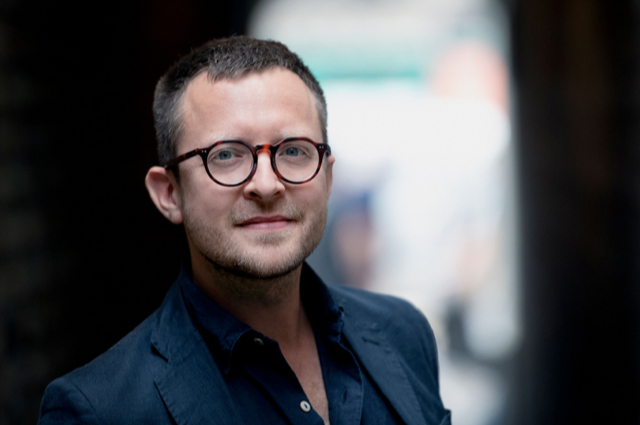
Hugo is a design critic, curator and the co-founder of Bard, a gallery in Edinburgh dedicated to Scottish design and craft. A long-serving member of the Wallpaper* family, he has also been the design editor at Monocle and the brand director at Studioilse, Ilse Crawford's multi-faceted design studio. Today, Hugo wields his pen and opinions for a broad swathe of publications and panels. He has twice curated both the Object section of MIART (the Milan Contemporary Art Fair) and the Harewood House Biennial. He consults as a strategist and writer for clients ranging from Airbnb to Vitra, Ikea to Instagram, Erdem to The Goldsmith's Company. Hugo recently returned to the Wallpaper* fold to cover the parental leave of Rosa Bertoli as global design director, and is now serving as its design critic.
-
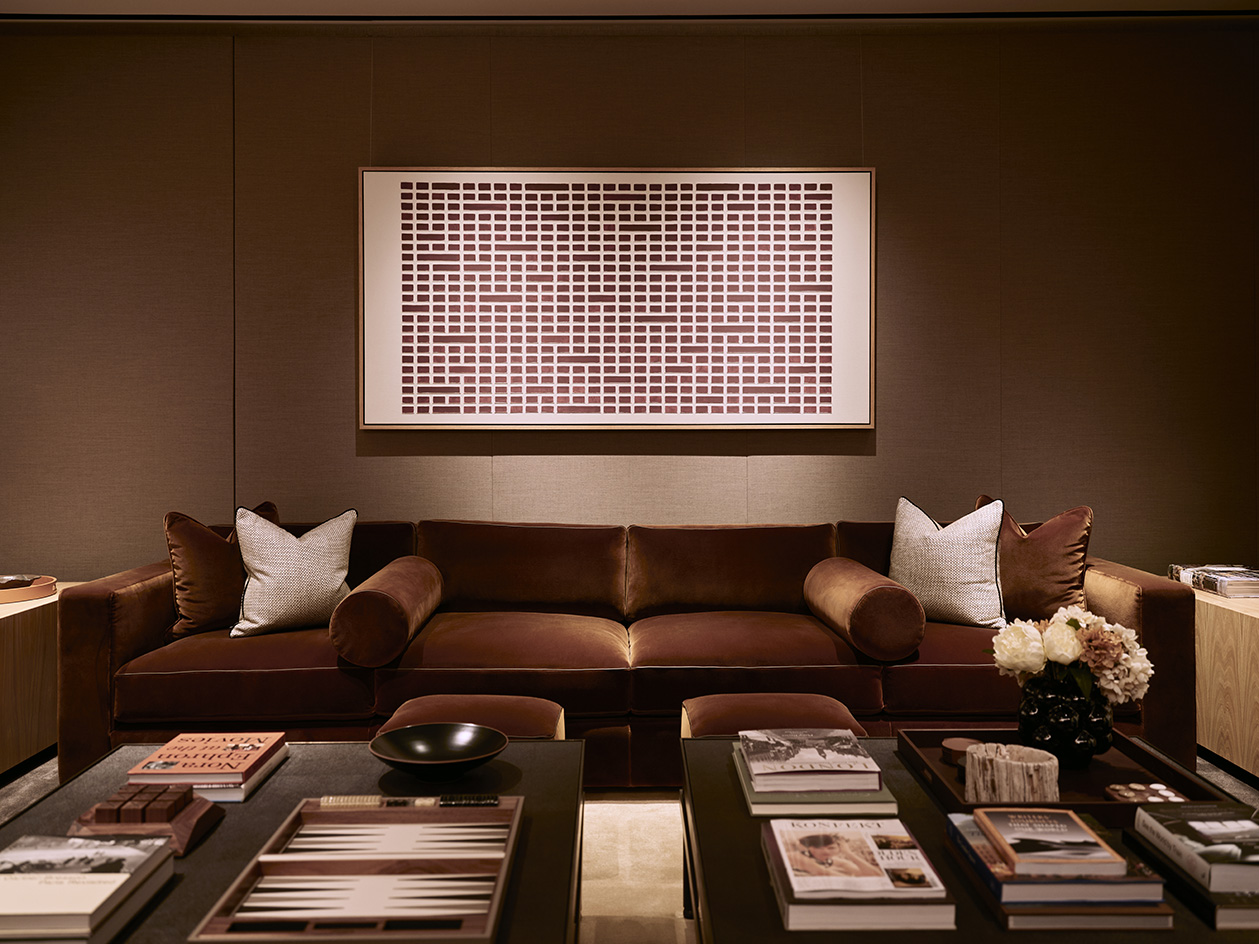 100 George Street is the new kid on the block in fashionable Marylebone
100 George Street is the new kid on the block in fashionable MaryleboneLondon's newest luxury apartment building brings together a sensitive exterior and thoughtful, 21st-century interiors
-
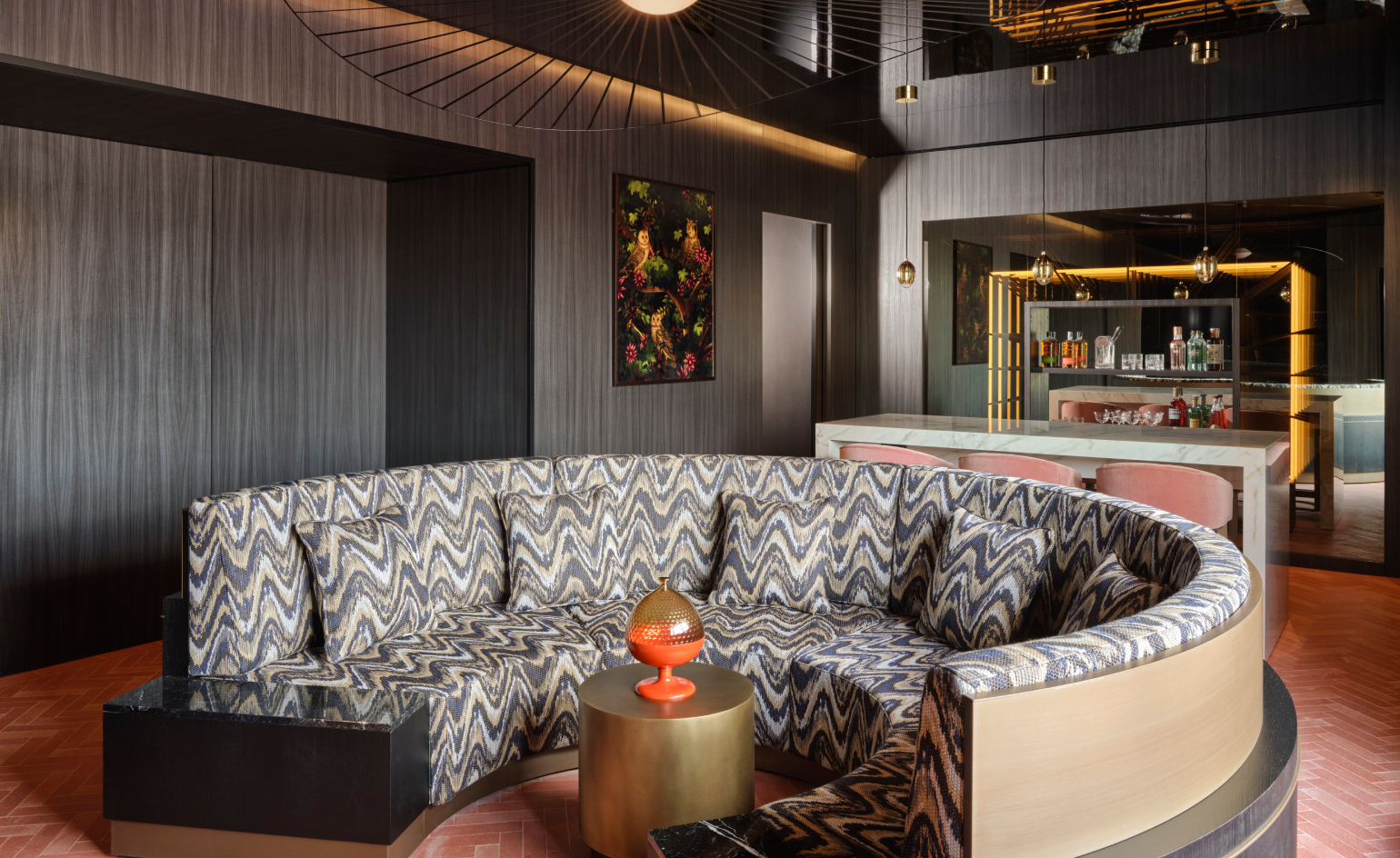 Experience the cradle of the Renaissance in a new light at Florence’s W hotel
Experience the cradle of the Renaissance in a new light at Florence’s W hotelFlorence’s palazzi, basilicas and baptistries groan with history. But the city’s new W hotel poses an alternative perspective – one that is distinctly modern
-
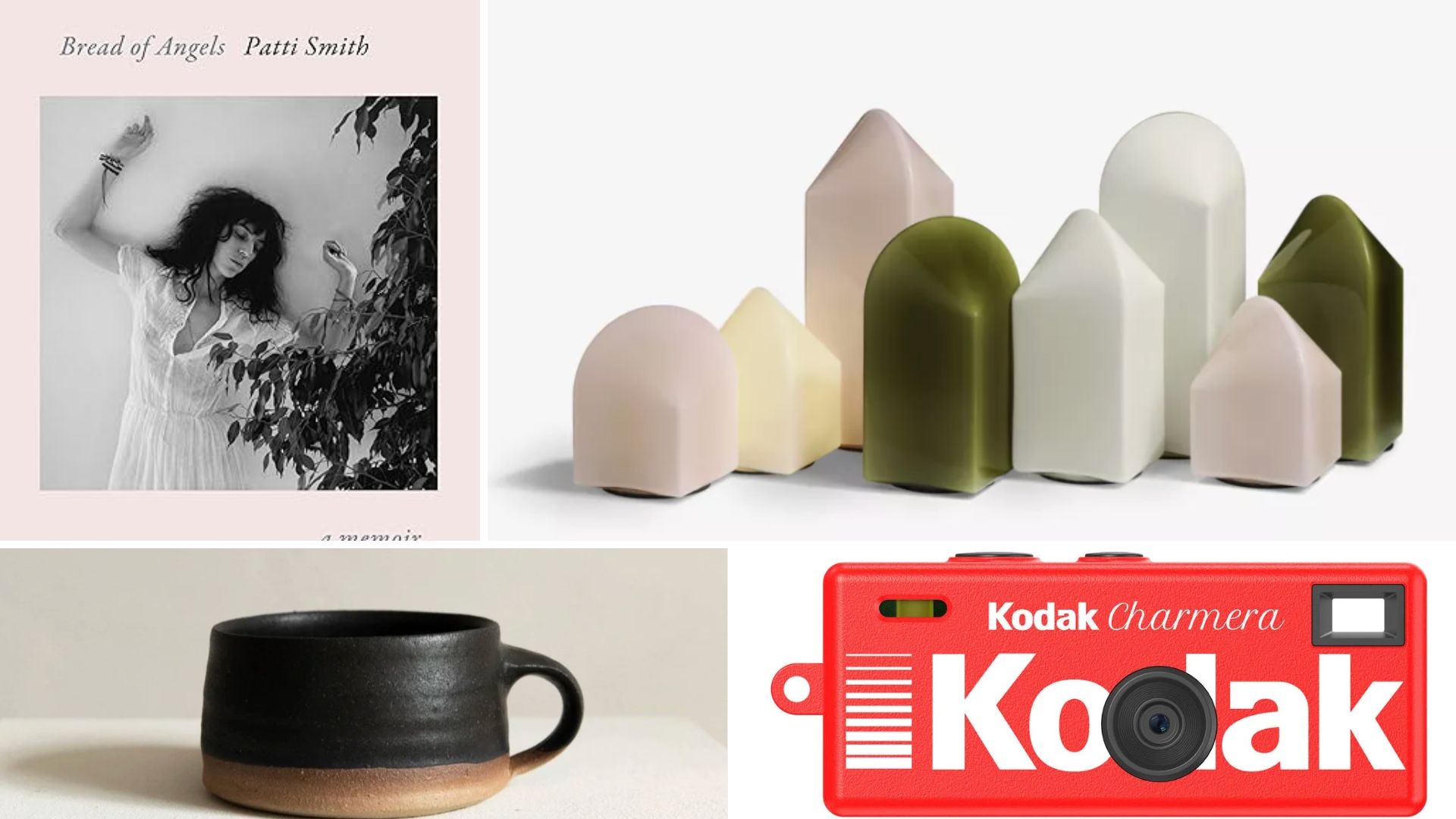 Wallpaper* Gift Guides: What our director of digital content, Charlotte Gunn, has on her wishlist this year
Wallpaper* Gift Guides: What our director of digital content, Charlotte Gunn, has on her wishlist this yearFrom the year's most-anticipated music biography to stacks of vinyl, these goodies will help you unwind and unplug
-
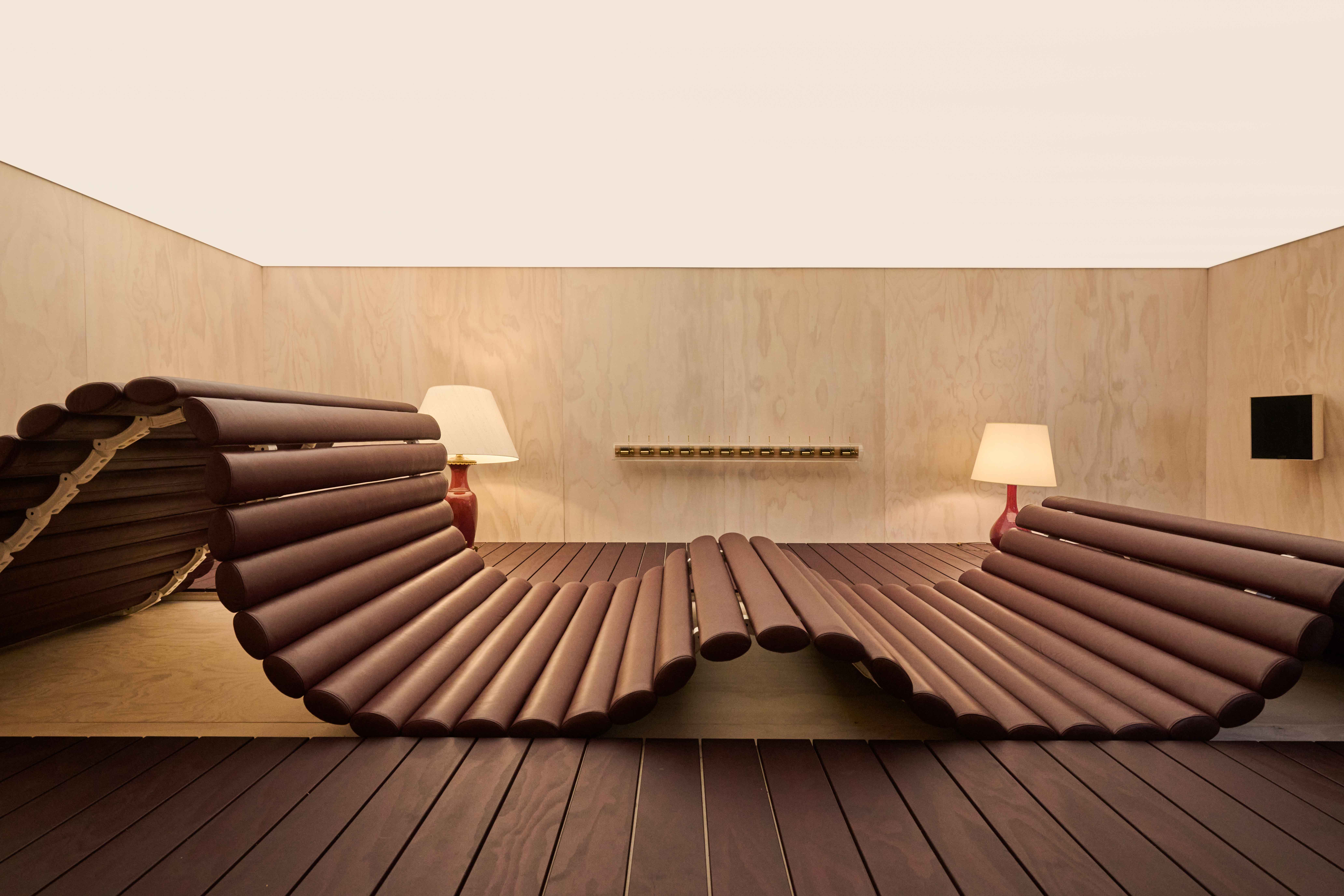 Best of Design Miami Paris 2025: animal sculptures and musical ping-pong tables
Best of Design Miami Paris 2025: animal sculptures and musical ping-pong tablesDesign Miami Paris returns to the Hôtel de Maisons (until 26 October 2025): here are the Wallpaper* highlights
-
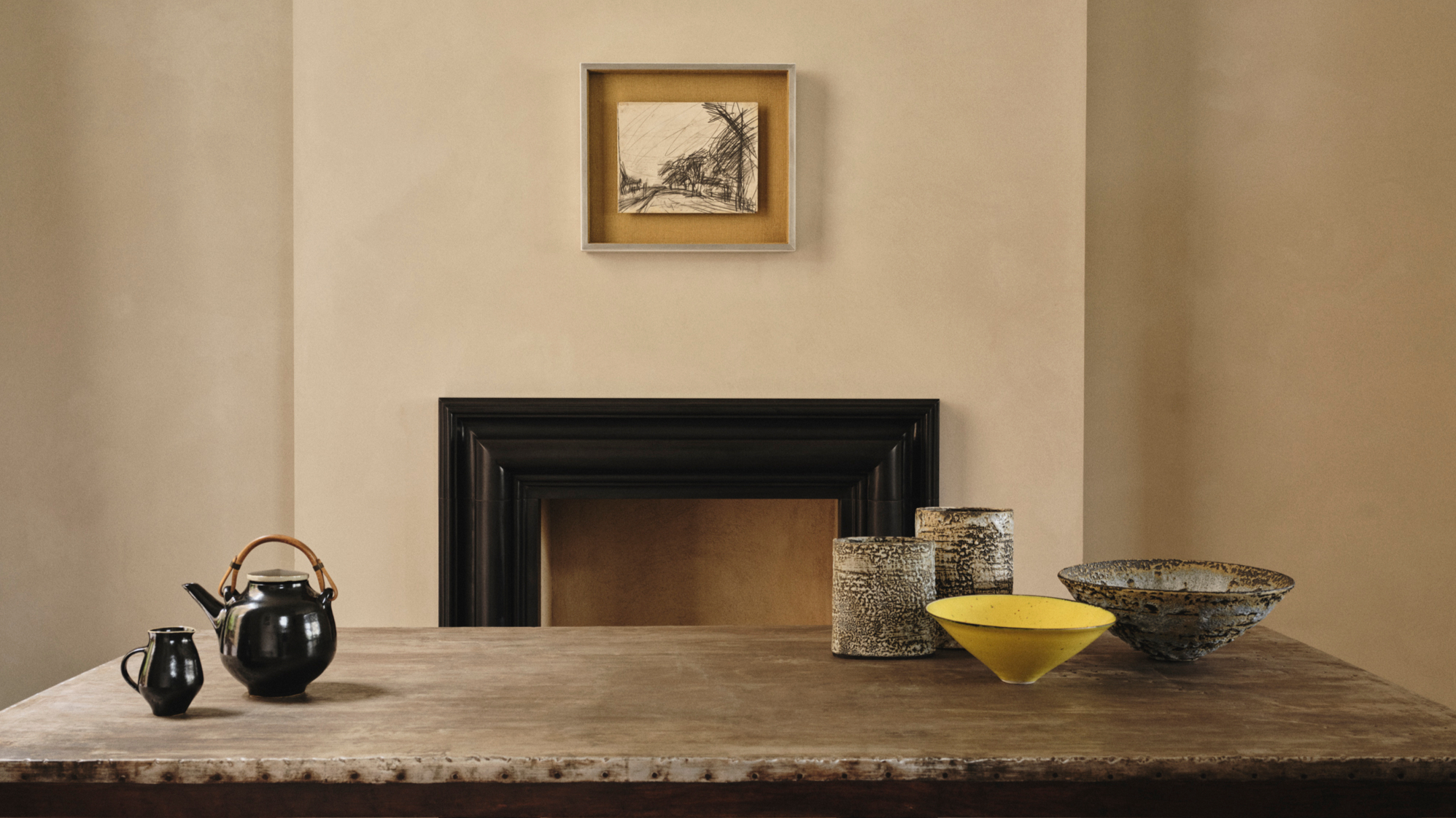 Rajan Bijlani opens his Primrose Hill home for ‘Electric Kiln’
Rajan Bijlani opens his Primrose Hill home for ‘Electric Kiln’In his London home – once the studio of ceramicist Emmanuel Cooper – Rajan Bijlani stages ‘Electric Kiln’, uniting Frank Auerbach, Lucie Rie and Cooper in an intimate reflection on the creative spirit of postwar London
-
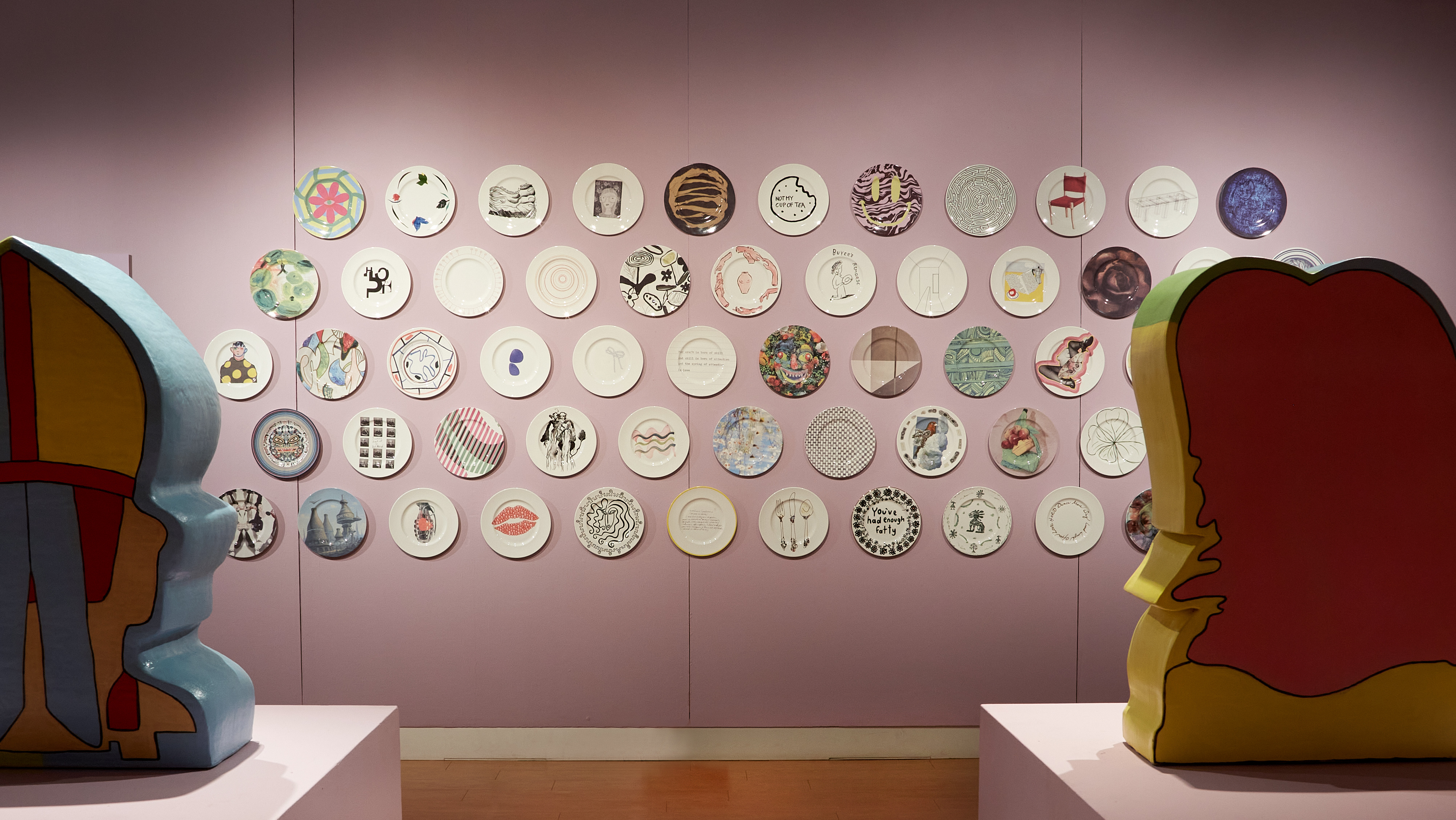 ‘100 Years, 60 Designers, 1 Future’: 1882 Ltd plate auction supports ceramic craft
‘100 Years, 60 Designers, 1 Future’: 1882 Ltd plate auction supports ceramic craftThe ceramics brand’s founder Emily Johnson asked 60 artists, designers, musicians and architects – from John Pawson to Robbie Williams – to design plates, which will be auctioned to fund the next generation of craftspeople
-
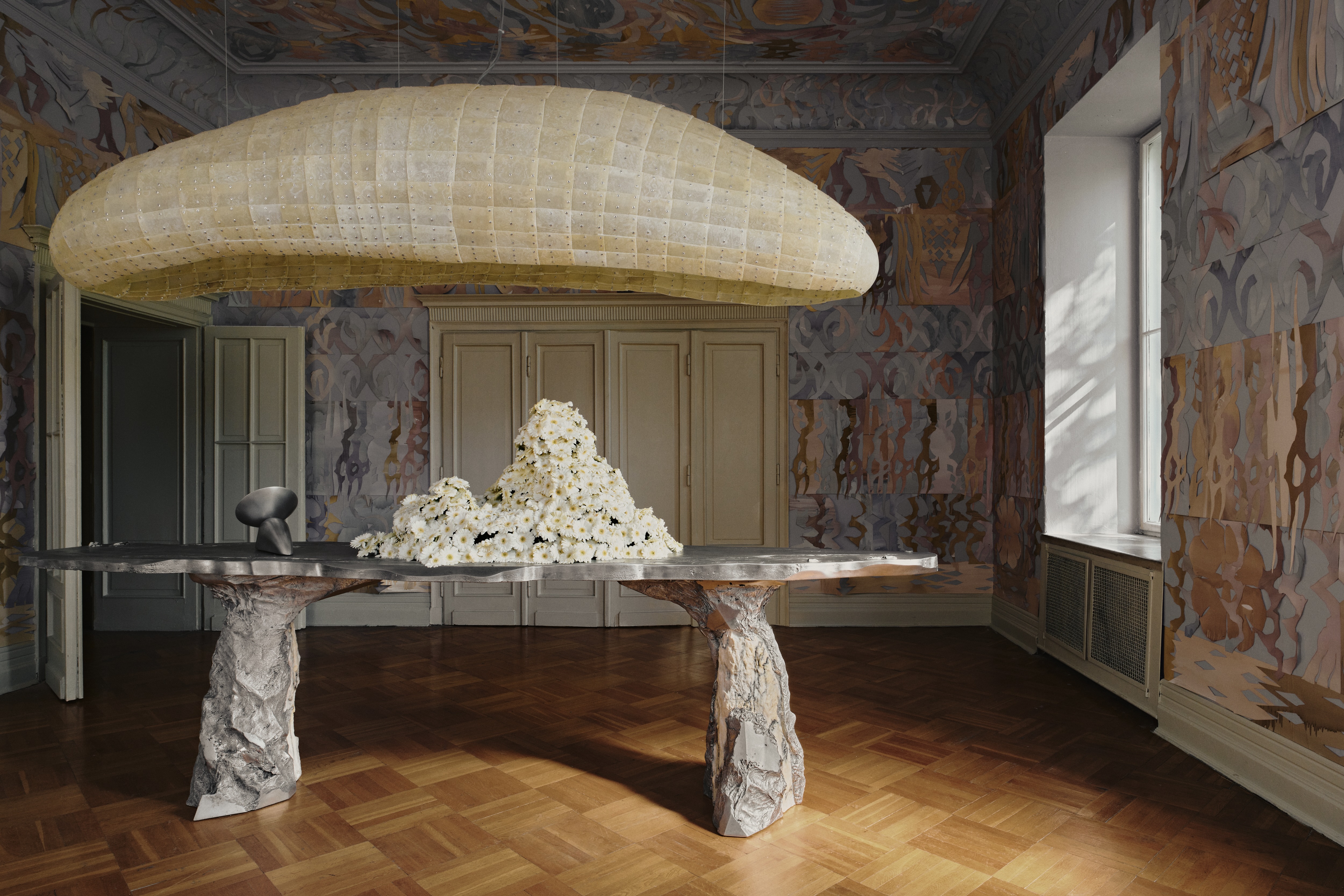 ‘Romantic brutalism’ rethinks Polish craft
‘Romantic brutalism’ rethinks Polish craftAn exhibition in Warsaw gives local makers their due, looking inside the burgeoning world of Polish design
-
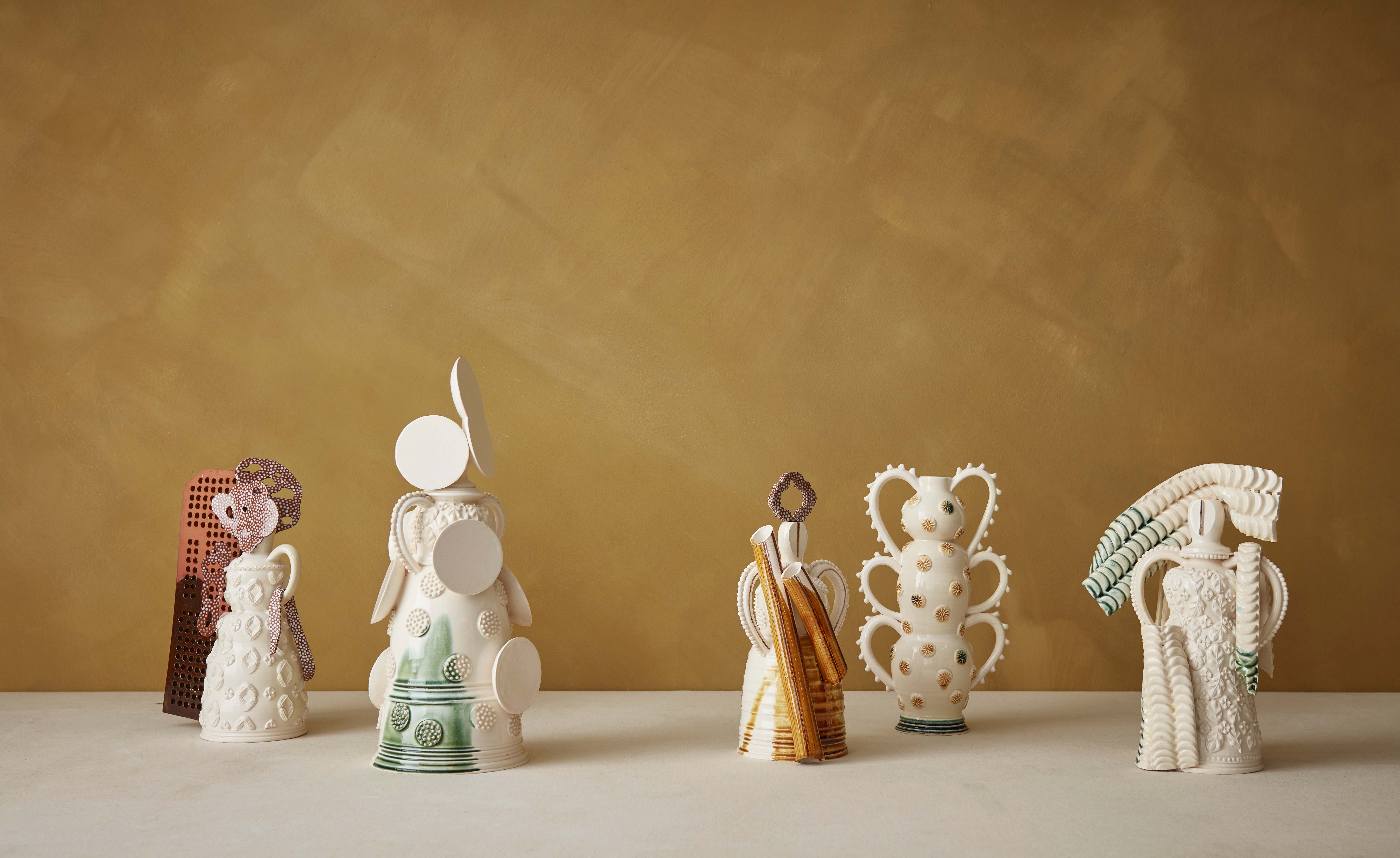 Mudlarking beside the River Thames inspires The New Craftsmen’s makers
Mudlarking beside the River Thames inspires The New Craftsmen’s makersLondon Design Festival 2022: The New Craftsmen’s new collection, ‘Claylarks’, features work from a group of creatives inspired by a River Thames mudlarking expedition
-
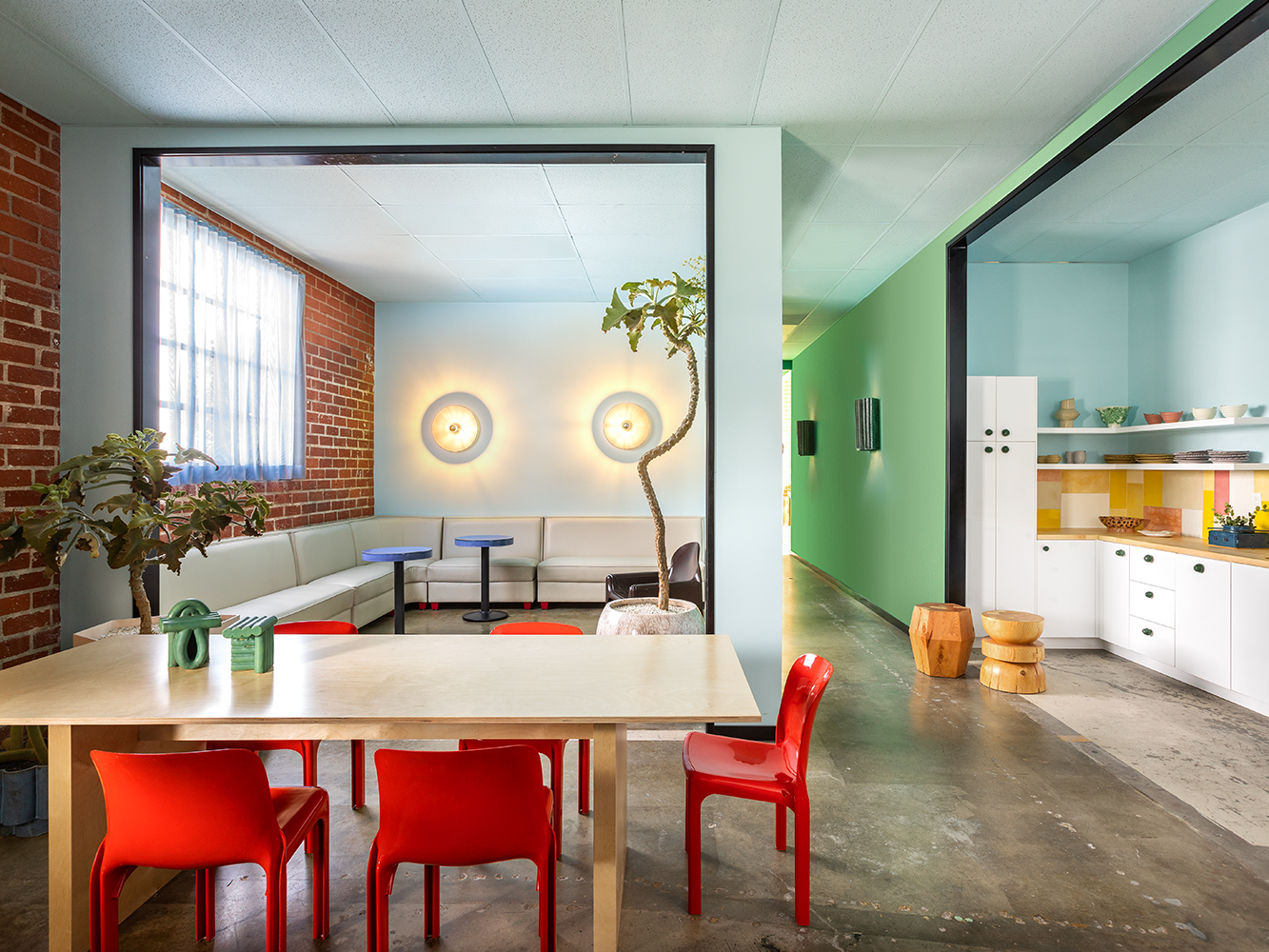 Colour defines LA ceramics studio and showroom of Bari Ziperstein
Colour defines LA ceramics studio and showroom of Bari ZipersteinStep inside the multifunctional ceramics studio, office and showroom of designer and artist Bari Ziperstein, designed by local firm Foss Hildreth
-
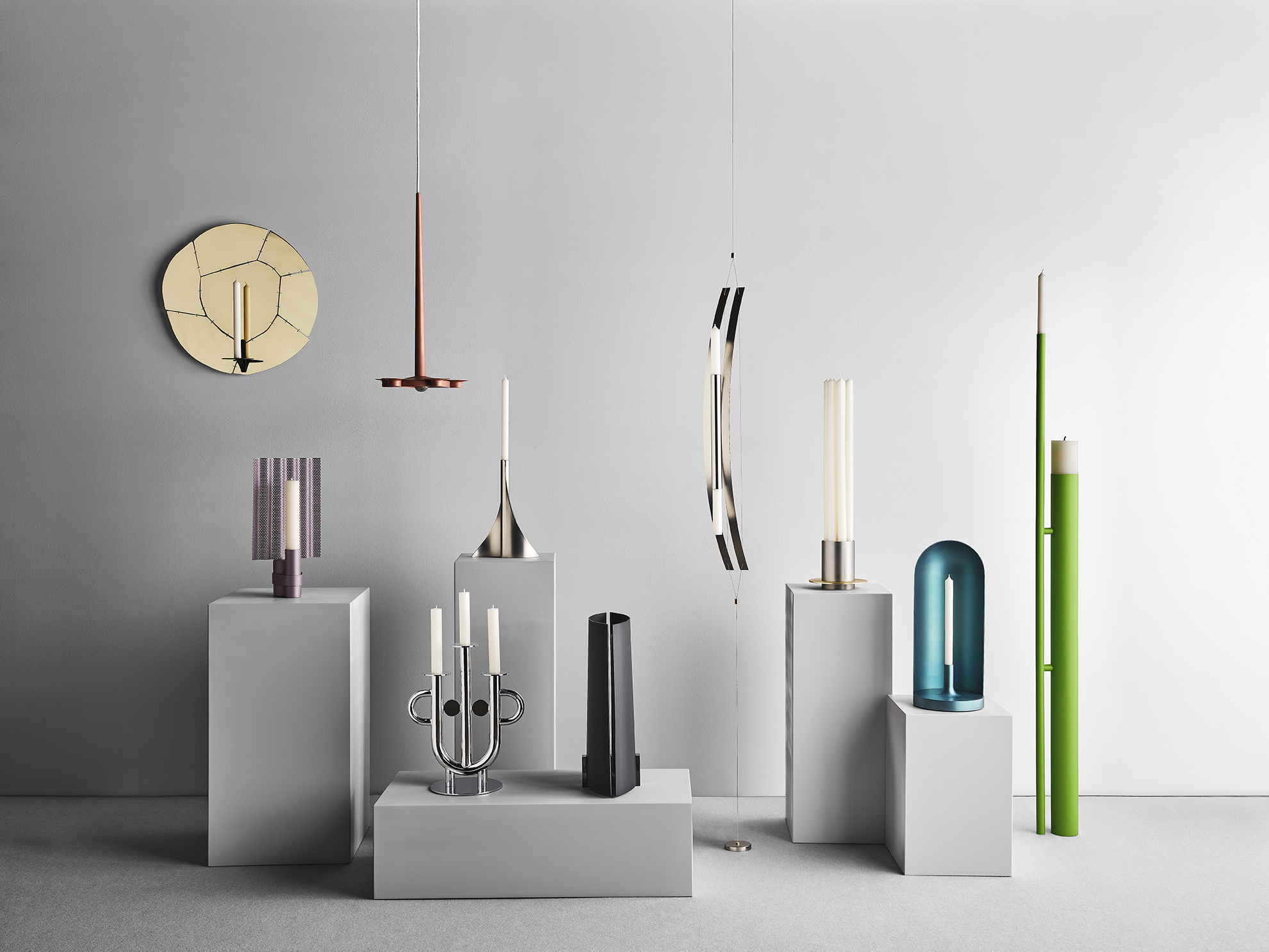 Mingardo crafts candleholders as beacon of hope against cancer
Mingardo crafts candleholders as beacon of hope against cancer‘A Flame for Research’, launching Milan Design Week, sees Italian metal designer Daniele Mingardo invite ten major talents, including Jaime Hayon, Patricia Urquiola, and Philippe Malouin, to create a candleholder in support of cancer research
-
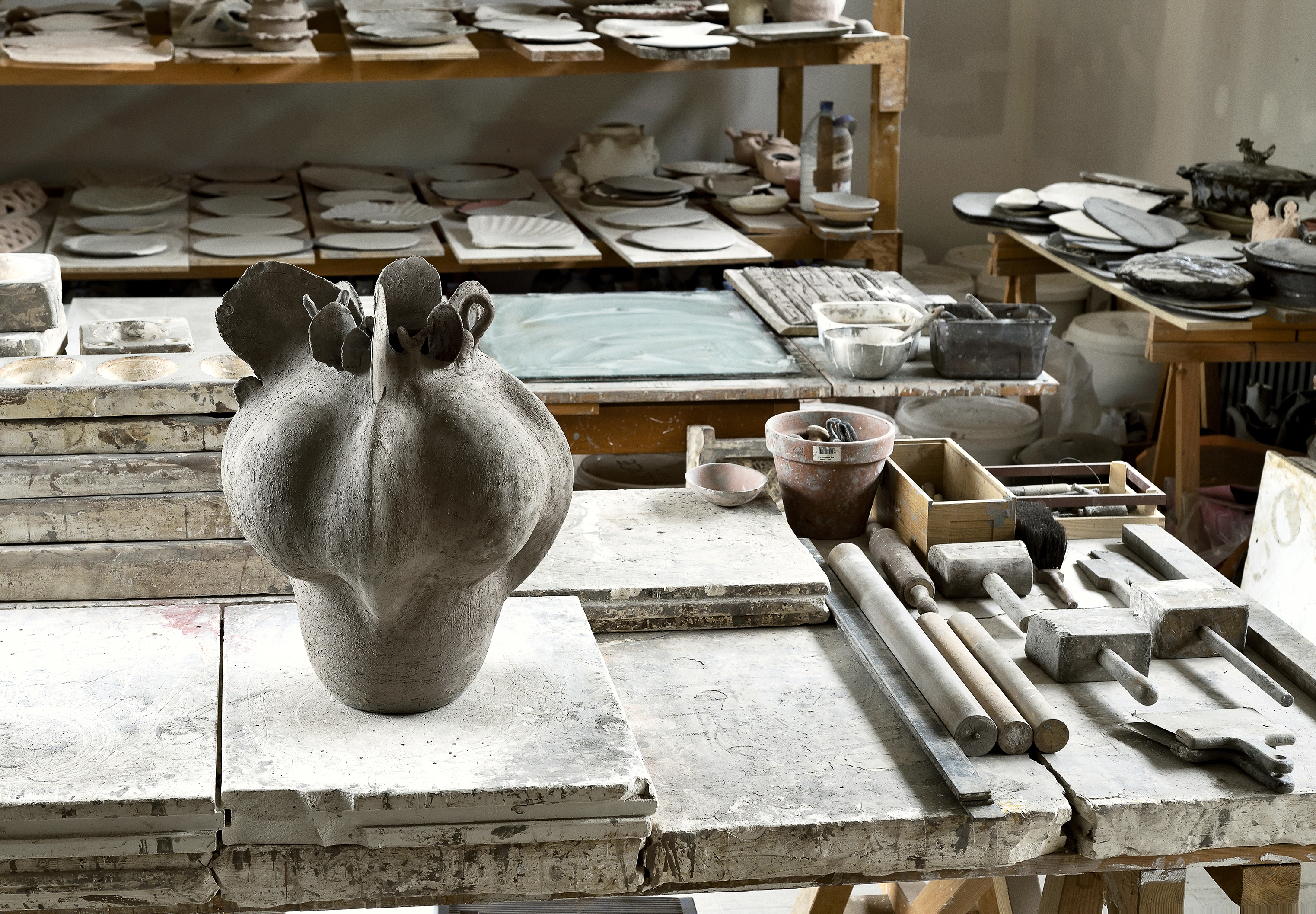 Pierre Casenove ceramics go on show at Arles’ Villa Benkemoun
Pierre Casenove ceramics go on show at Arles’ Villa Benkemoun‘Coincidences’ by Pierre Casenove at the Villa Benkemoun (28 May-8 June 2021) is a new exhibition presenting the charming sculptural designs of the French ceramicist against the impressive 1970s backdrop of the house in Arles, Provence